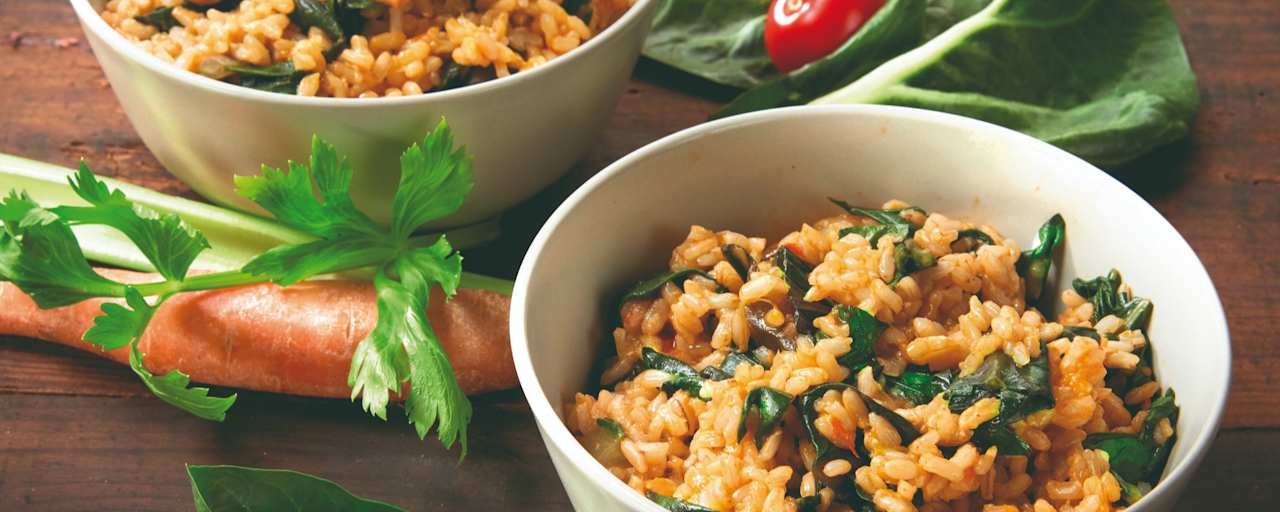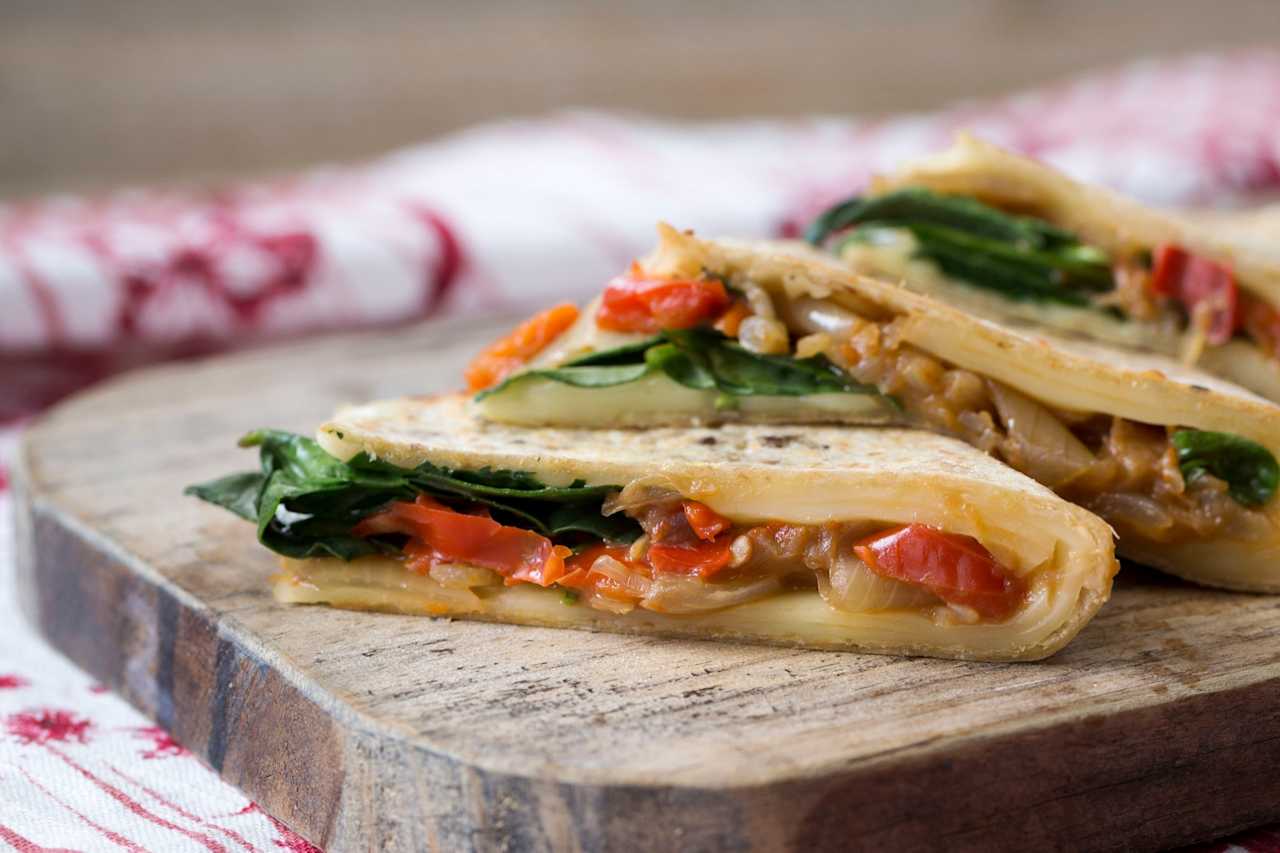
So, why all the fuss about vegetables all of a sudden? In our opinion, it's because modern convenience-style western eating has gone so far the other way, there had to be kick-back and the rise in vegan and vegetarian diets is it.
If you think about how we no-doubt ate as a population before the industrialisation of food and the arrival of convenience food and supermarkets, our biological requirement for the nutrients rich in plant foods makes perfect sense. We would have been growing our own seasonal vegetables and fruits and foraging the land for the mainstay of our food, supplementing on occasion with some eggs, some dairy, goat's or sheep milk and meat, poultry or fish whenever it was around. But the majority of our diet was plants. Our DNA has never shifted from this but the way we eat and shop, as a population, has.
Have you heard of the recommended 'five and two'? It's the Australian guidelines for the recommended daily intake (RDI) of vegetables and fruits per day. Ie. Five serves of vegetables and two serves of fruit each and every day. A serve of veg being 75 g, which is around 1/2 cup of cooked veg or 1 cup of leafy greens. While a serve of fruit is about 150 g, so this equates to a medium apple, two small apricots or the equivalent.
Research shows that in Australia and New Zealand as a whole, we are massively missing the mark in this area. A CSIRO study conducted in 2017 entitled, The Fruit, Vegetable and Diet Score Report showed that 80.5% of Australians aren't eating enough fruit and veg, with vegetables the primary concern.
It makes sense then, that the move towards more packaged and processed foods, sugar and animal products and the decrease in the amount of plant foods we eat has a correlation with the rise of what have become known as "lifestyle diseases". These include obesity, heart disease, high blood pressure, high cholesterol and a number of chronic conditions such as type 2 diabetes and cardiovascular disease.
Yes, it can seem scary. But what is wonderful is that by making easy, everyday changes in our own kitchens by simply adding in more veg, we can progressively make meaningful improvements to our long-term health. And, it's super easy and delicious too, especially with your Thermomix®.

We're going to get into the differences between vegan, vegetarian and a few other named diets in a bit. But before we do, we prefer to just talk about eating more greens and veg in general.
And how to do this is easy - the answer is, start wherever works best for you. There's no need to completely overhaul how you or your family eat. In fact, often making drastic changes all at once doesn't result in long-term habit change.
The key is to progressively introduce more plant-based variety into your week - whatever 'more' means for you. If, for example, you include meat, poultry or fish with most meals, perhaps start subbing out one or two recipes a week. Maybe consider a 'meat-free Monday' each week as a start.
The more you experiment with different vegetables and plant-based options, the more you'll realise just how delicious and easy it is. Cookidoo® can really help with this - simply search 'vegetarian' in the search bar for thousands of recipes to choose from. You can also further refine your search using the 'filters' button. So, just search 'Main dishes - Vegetarian' for example, or whichever type of recipe you're interested in to add new plant-focused favourites to your repertoire. You can then add the recipes you like to your collections, 'My Week' and 'My Recipes'.
On the other hand, if you already follow a plant-based or vegetarian diet and are keen to add in more exclusively plant-based deliciousness, then there are so many Thermomix® recipes for you to choose from too. Search Cookidoo® for our Plant to Plate cookbook and the Viva La Vegan collection for exclusively vegan recipes and our Vegetarian Kitchen cookbook and Vegetarian Cooking collection for vegetarian ones. You can also simply type 'vegan' into the search bar too.
Yes, it can be confusing! With the rise in plant-based and plant-focused eating, there are so many terms for diets and ways of eating being flung around it can be hard to keep up with. Sometimes even we feel the need to Google something to be sure!
So, here's a quick run-down on the difference between vegan and vegetarian eating and some other plant-focused diets worth a mention (but there are many others too). As to "which is best", there is no one-size-fits-all way of eating, so follow your instincts and just do what feels right. If that is going vegan, then great. If it's simply eating a little less animal products and more plants, then great too. This is totally your call.

This is a wholly plant-based way of eating. Therefore, the vegan diet is rich in vegetables, nuts, seeds, legumes, pulses and fruit and excludes any animal products such as meat, poultry, eggs, fish, dairy or animal-derived milks, cheeses etc., gelatine and also for many vegans, honey.
While there is such an abundance of foods included in the vegan diet (take a look at Plant to Plate above for some inspo), it can sometimes feel like it's the everyday essentials and go-to's which are harder to replace. Luckily, we can make them all in our Thermomix®!
• Vegan butter - melty and delicious on bread, muffins, toast…
• Non-dairy milks - we have recipes for hemp, coconut, almond, rice, cashew, soy and oat milks on Cookidoo®.
• Plant-based bechamel sauce - this creamy sauce is perfect for lasagnes, vegie-bakes and cauliflower 'cheese' etc.
The print version of our Plant to Plate cookbook also includes info on great ingredient substitutions to support a vegan diet, as well as info on key ingredients, meal planners and further tips. It's definitely well worth a read and can be purchased via TheMix Shop.

This is a diet made up of predominantly plant foods but also incorporating eggs, dairy and animal-milk products such as cheese, milk, yoghurt, cream, ice creams etc. The main criteria is that vegetarians do not include any meat, poultry, fish or seafood in their diets.
• Pescatarian (also sometimes known as vegequarian) - this is following the vegetarian diet with the inclusion of fish and seafood.
• Flexitarian - this is following a predominantly vegetarian diet with the occasional inclusion of meat, poultry, fish and seafood.
Whether you decide to follow one of the above diets, give your way of eating a name or simply choose to eat more vegetables alongside your other food choices, start with doing what feels right for you. Each and every one of us is different and we need to respect that, also from a dietary point of view. Understanding the benefits of plant foods and aiming to eat an abunandace of plant-based variety and colour daily is already a great first step.
In whatever form you decide to do this, Thermomix® will help you make it more delicious, even easier and open up a new world of culinary exploration for you.
Happy cooking!
